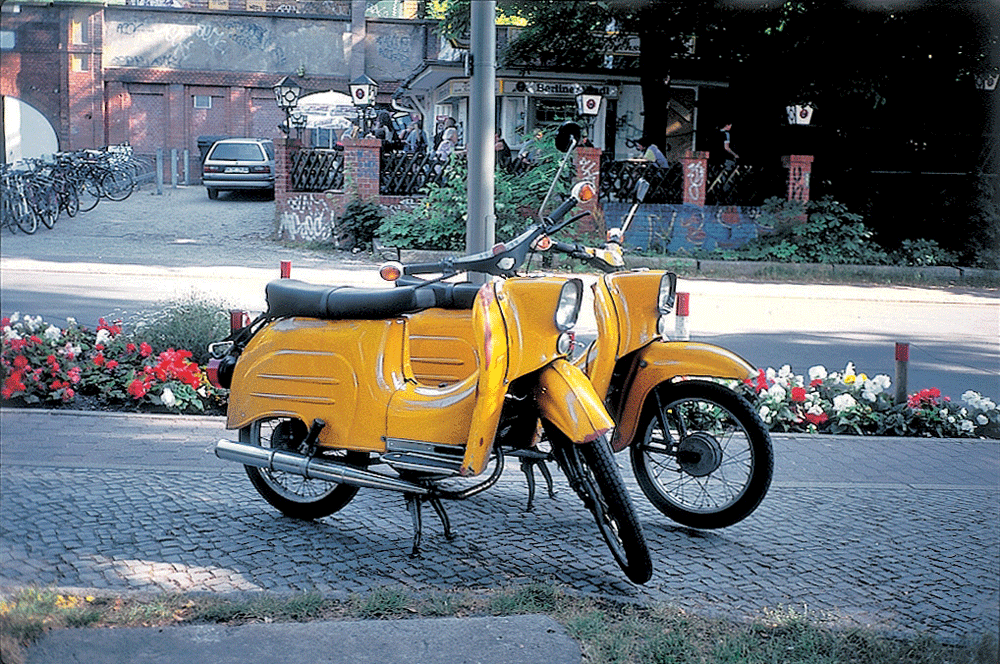Ever since Marcel Duchamp introduced the readymade, the mass-produced object has played a key role in modern and contemporary art. As commodity culture became increasingly dominant in the decades following the second world war, artists turned to the readymade in the context of two movements which continue to be influential for the art of today: Pop art and Conceptual art. In the work of many contemporary artists, we have witnessed the tendency—inspired by Pop art’s engagement with consumer culture, to heighten the fetishistic nature of the commodity image. Conversely, many artists, influenced by Conceptualism’s methods of relocating and redefining aesthetics, have employed the readymade as a device to explore how objects mediate relationships within specific cultural contexts. This essay examines the implications of both paradigms using the theology of Michel de Certeau as a point of reference. The framework of mystical Christianity found in de Certeau’s writing, particularly with regard to his theory of “everyday practices,” provides a rich interpretation for the work of John Knight and Gabriel Orozco. The conceptual practices of both artists, particularly in the examples studied here, suggest deeper spiritual themes, and demonstrate the applicability of Christian ethics to readings of contemporary art.
This essay appears in a Special Issue of the peer-reviewed, scholarly journal Religions, titled "Conceptual Art and Theology".
John Knight
The Campaign
(details)
1992-1993
Gabriel Orozco
Until You Find Another Yellow Schwalbe
(details from a set of forty color photographs)
1995













Comments